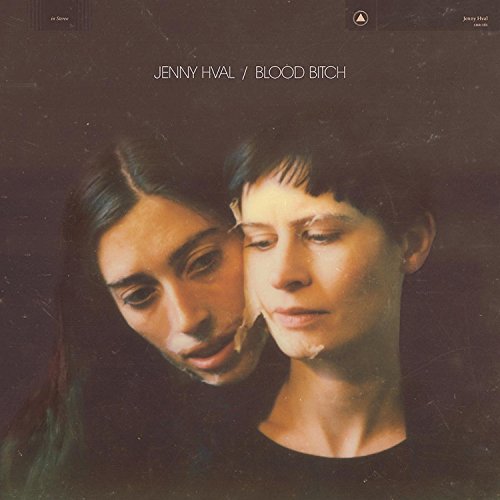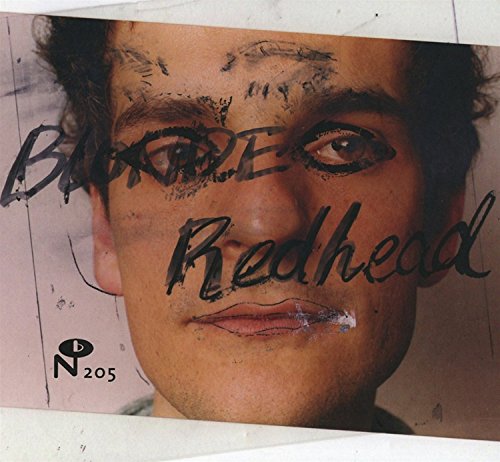The pop museum
There's an interesting piece by Emma Townshend, daughter of Pete, in today's Times, worrying that - because pop memorabilia collections tend to dissipated, the future might not be great for future archivists:
David Hesmondhalgh, Professor of Media and Music Industries at Leeds University, sets out the problem: “Pop music is full of transient, fleeting stuff that's very hard to keep. What you have out there is a lot of fans who are collecting. I'm wondering what happens when this generation of people die: where will all those collections go?”
Landfill, mostly, we guess.
Townshend was inspired by a visit to France:
An article in last month's French Vogue highlights what we're missing. Charlotte Gainsbourg shows us round her father Serge's now-infamous Paris apartment which she plans to open as a museum. Each room feels as if Serge just went out to get his Gauloises: strewn with magazines, guitar leads, tape machines and gold records, they have an extraordinary flavour of the man. The value of the collection as a key to Serge Gainsbourg is inestimable because it hasn't been broken up into saleable items. It can provide an amazing glimpse into his off-the-scale way of life. There's nothing else like it anywhere in the world.
Hmm. The daughter of Pete Townshend suggesting the model to follow might be a daughter of a rock star carving a niche for herself as her father's archivist.
The introduction to the story makes a quite alarming claim:
There's more documented evidence for Handel than for Jimi Hendrix, who lived in the same London house 200 years later
although, it turns out, this isn't quite true:
Sarah Bardwell['s] Mayfair building was the 18th-century home of the composer Handel, but in recent years a blue plaque was put up for Jimi Hendrix, who lived in the top-floor flat during the winter of 1968.
“Yet we have infinitely more documented evidence for Handel, who lived in this house from 1723 to 1759, than we do for Jimi Hendrix,” Bardwell explains.
“Yet we have infinitely more documented evidence for Handel, who lived in this house from 1723 to 1759, than we do for Jimi Hendrix,” Bardwell explains.
That would seem to be suggesting not that there's less documentary evidence about Hendrix life than that of Handel, just less at that particular house. Which might be sad, but is less alarming.
Townshend pere explains that a lot of the problem is that rock didn't seek to leave any traces:
My father Pete Townshend of The Who says: “My early manifesto for The Who was that we would destroy everything about us in a very short space of time. It was like an art installation idea, which was that there would be nothing left after 18 months. I'd been indoctrinated at college, firstly by people like Gustav Metzger, saying it was the artist's duty to make their work self-destruct, but on the other hand, by my art-school friends telling me that in ten years' time all information will be on the back of a pin head that you put behind your ear and then everybody will know everything. So it seemed as if there was no need to keep stuff.”
We're not so sure that things are quite as grim as Emma paints it - she's quite disdainful about the Hard Rock style of collecting, but the desire to fill awful burger bars with old guitars and stage costumes has given a value to a lot of material which would otherwise, in all likelihood, have disappeared; there are more collections and holdings than you might expect.
The real problem is knowing what we should be preserving. It's impossible to retain everything - you only have to visit those dingy flats full of piles of newspapers to know where that madness lays. Pete Townshend does:
“Wading through is deeply disturbing and exhausting. It's like moving house. And there's an arrogance, a smugness, to keeping everything, like people who keep every one of their child's drawings.”
So what do you keep? How do you know if, fifty years hence, a ticket to a Hoosiers gig is going to have more value than a Kate Nash set list?
Preserving the music might be seen as being the first priority: Townshend visits the Sound Archive:
One of the few bastions of curatorial care for our popular music is the British Sound Archive at the British Library. “We try to get a copy of everything commercially issued in the UK,” says Andy Linehan, the curator. (And there are shelves and shelves of printed materials, including a collection of the NME dating back to 1926.) “We have voluntary agreements with the major record labels; then a significant part of the job is picking up all the smaller labels, encouraging them to send copies into us. We even try to cover limited editions - we have hundreds of Fierce Panda recordings. Basically - we try, we try, we try.”
A collection of NMEs which dates back 26 years before the first issue is quite impressive. But you've got to love a man whose job involves gathering Fierce Panda records.
Emma suggests that, perhaps, we need a proper national collection on the model of the Lottery funded writer's archives. It's not a bad idea. If only we weren't pissing away all the lottery money on the Olympics.









6 comments:
Jimi Hendrix, [lived there] during the winter of 1968....
Handel, who lived in this house from 1723 to 1759...
Right, so Hendrix stayed there for 3 months, and Handel lived there for 36 years. Why is it surprising that we know more about Handel's time in the house?
i wonder if the sound archive want my copy of "shagging in the streets"...
i have generally failed in terms of trying to second guess the "what will be valuable" market. too many my life story 12"s, not enough copies of the original uk pressing of digeridoo in the archive box...
I picked up a CD copy of 'Girl A Girl B Boy C' for 25p in my local indie many years ago (it was an unsold single which had been in the bargain bin for several months before I finally took pity on it). Imagine my surprise when, a couple of years later, I looked it up in 'Record Collector' and discovered it was now worth £25!
That was about ten years ago too. It's probably worth, like, a million pounds now. Don't tell anyone though, the last thing I need is one of the Appletons sniffing around.
NME may not have begun until 1952, but Melody Maker was definitely founded in 1926 - I suspect they have a complete collection of both MM and NME, and are referring to both papers as "NME", as if they had always been the same, following MM's theoretical "merger" with NME (even though "incorporating Melody Maker" was dropped from the NME cover after about two weeks). NME itself has certainly quoted MM articles as if they had been in the NME, giving no credit to MM or acknowledgement of its existence (all together now: no change *there*, then).
The interesting thing about this whole question is that, if there is a lack of surviving memorabilia from pop and rock's early years, it is down to both the people who produced and enjoyed the music *and* the old establishment: people within pop/rock because they were hostile to the very ideas of 'posterity' and 'permanence' (the music being distinguished from the old culture above all else by its desire to live in the now) and the old establishment because they didn't think it was worth keeping or of merit. Of course, when it comes to the dearth of surviving early TOTP performances &c, it's the old establishment we have to blame.
Emma raises an interesting point, although not in quite the way that she meant to. If we *do* preserve the detritus of an artist's life either by state funding or public subscription, what should we preserve, and why? For example, is Ringo Starr's childhood home any more inspiring than the master tapes of 'Got To Get You In To My Life'? Pete Townshend himself says that (albeit at the time) he didn't want to leave any relics behind. Should we honour that wish? Or the subsequent desire to document or preserve every last belch and fart?
the desire to fill awful burger bars with old guitars and stage costumes has given a value to a lot of material which would otherwise, in all likelihood, have disappeared
It was painful to read that and agree; I can only assume it was just as painful to type it.
Olive: If we *do* preserve the detritus of an artist's life either by state funding or public subscription, what should we preserve, and why? For example, is Ringo Starr's childhood home any more inspiring than the master tapes of 'Got To Get You In To My Life'?
Good question. I'm torn, because while Gainsbourg's apartment being more-or-less-preserved is intriguing, I find the idea of deliberately enshrining every last used tissue disturbing. Does viewing it really help you grok the artist better?
Post a Comment
As a general rule, posts will only be deleted if they reek of spam.